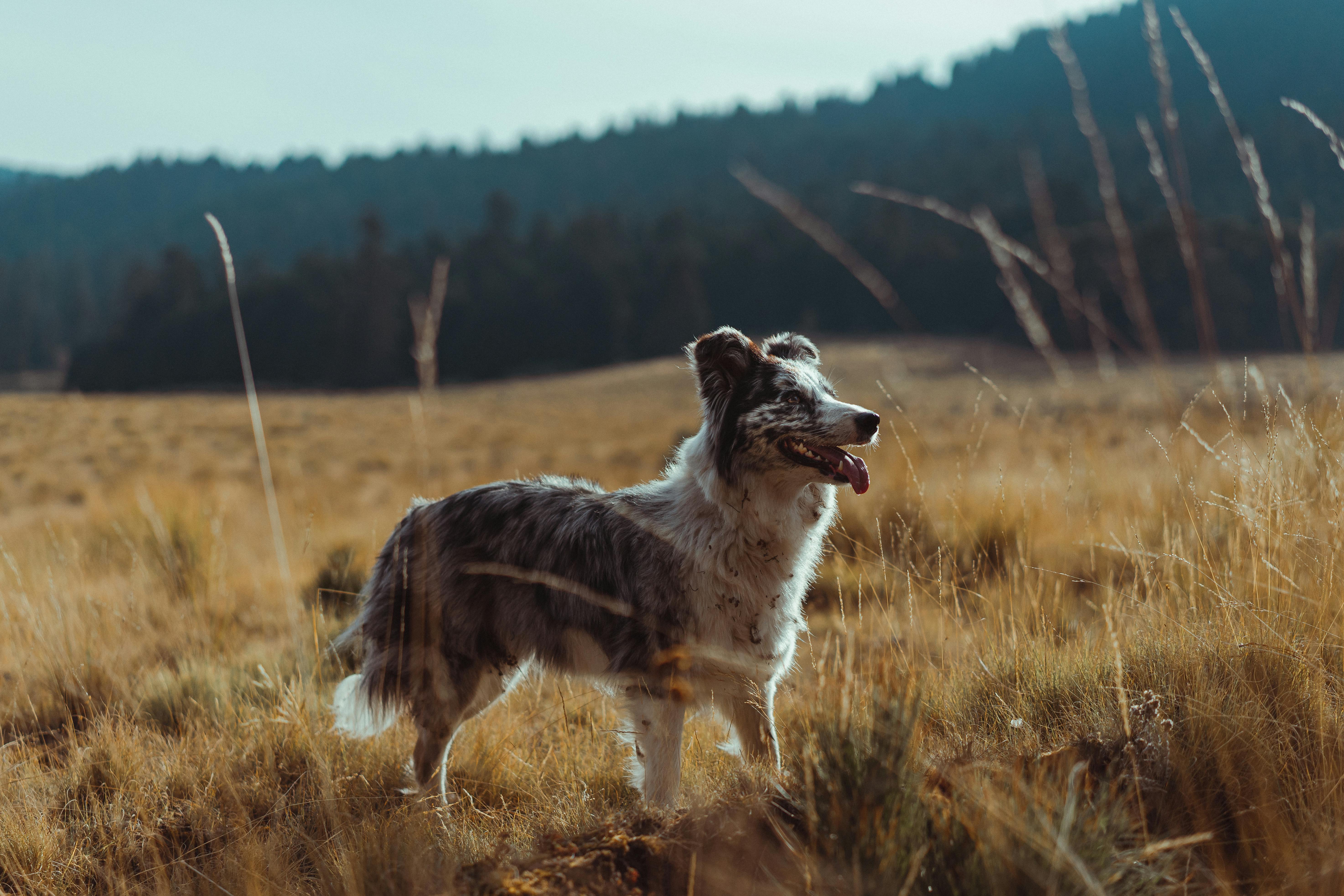Bringing your new dog home for the first time is an important occasion and you want it to be a safe and enjoyable experience for your pet. For a puppy or older dog, this can be an intimidating time. With a little preparation you can make the experience more enjoyable for both you and the dog. In addition to preparing your home and surroundings, you’ll also want to purchase furniture and supplies ahead of time. Here are some recommendations to help you in your preparations.
Dog food: just like humans, our dog’s health depends mainly on what he puts in his mouth. Be sure to choose a high-quality dog food that is appropriate for your dog’s age and weight.
Food and water bowls: Ceramic or stainless steel are probably the most hygienic options, remembering that stainless steel bowls will get very hot if exposed to direct sunlight. Large dogs and older dogs can benefit from elevated bowls that require less bending.
Grooming tools and supplies: Basic tools include a brush, flea comb, nail clipper, and toothbrush. Basic supplies include shampoo and toothpaste made especially for dogs. If you’re bringing home a puppy that needs house training, you’ll also need puppy pads and urine cleaner.
Dog Crate – A crate is not only a comfortable den for your dog, but also a valuable tool for housetraining, travel, and times when you need to keep your dog confined. The crate should be large enough for the dog to stand up and turn around, but not so large that he can turn one end into a toilet area. For puppies, crates are available with dividers so you can keep the available area small when the dog is small and expand the area as the dog grows.
Bed: a woolen blanket or mat if your dog sleeps in his crate, or a comfortable bed if he doesn’t.
Gates – Baby gates can be very useful for blocking off-limits areas.
Collar: Nylon or flat leather collars work well. Be sure to check the fit often, especially if you have a rapidly growing dog. It has to be tight enough that you can’t pull it over your head, but not so tight that you can fit two fingers under it.
Identification Tags: The tag must include at least the dog’s name and phone number. If possible, also include his name and address. If you move, be sure to update your dog’s ID tags accordingly.
Leash – A four to six foot leash generally works best for walking.
First Aid Supplies – Having the correct supplies on hand can really help in minor emergencies.
Treats: Soft treats especially for dogs can help in training the dog.
Toy Selection – Make sure the toy is appropriate for your dog’s age and size. Puppies that are teething can find great relief with a nylon or rawhide bone. Kongs and other toys are good to keep dogs from getting on the board.
